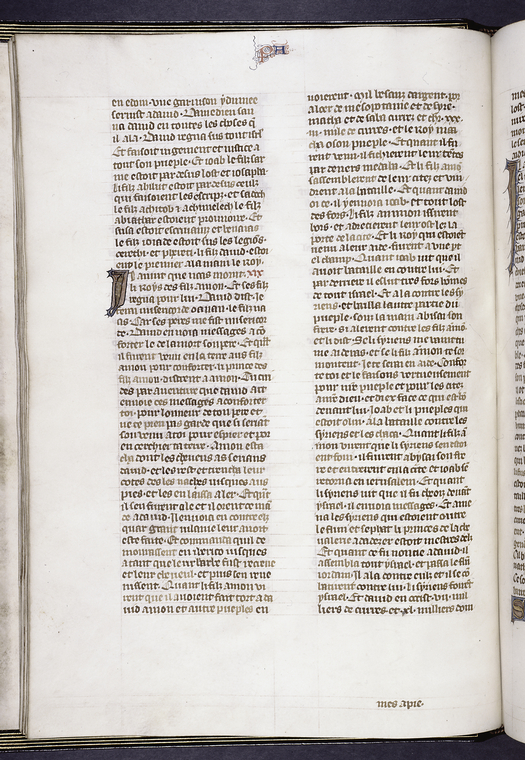The Creation of Medieval Manuscripts: From Binding to Writing Support
emiller0718
«Previous page
•Page 1
•Page 2
You are here •Page 3 •Page 4 •Page 5 •Page 6 •Page 7 •Page 8 •Page 9 •Page 10 •Page 11 •Page 12 •Page 13 •Page 14 •Page 15 •Page 16 •Page 17 •Page 18 •Page 19 •Page 20 ♦Endnotes »Next page
You are here •Page 3 •Page 4 •Page 5 •Page 6 •Page 7 •Page 8 •Page 9 •Page 10 •Page 11 •Page 12 •Page 13 •Page 14 •Page 15 •Page 16 •Page 17 •Page 18 •Page 19 •Page 20 ♦Endnotes »Next page
37
Binding
|
Much like modern books, medieval manuscripts came in multiple forms, bound and unbound being the most basic distinctions. Graham and Clemens tell us that some “manuscripts were provided with no more than a limp parchment cover” (50). If a book was going to be bond, the binder would have a set procedure to follow. The image on the left is an example of a what a manuscript could come out of the binders looking like.
|
Quires and leaves were bound together with a needle and thread, that is they were sewn together. Each quire would have to be hand stitched on to the sewing support in the correct order. Scribes had multiple tricks to chose from to help make sure the quires weren’t out of order. Roman numerals were sometimes entered into the bottom margin of a first or last page of quire. These numbers, known as quire numerals, would then help the scribe keep the loose quires in order and offer a quick way to return them to their proper order should they be disarranged. Catchwords were another trick scribes would use. Like quire numerals, they too were entered into the bottom margins at the beginning or end of quires. These catch words would match up to the first word on the next leaf of the manuscript. Binders would use the quire numerals or catchwords to check the order of the quires before beginning the sewing process.




